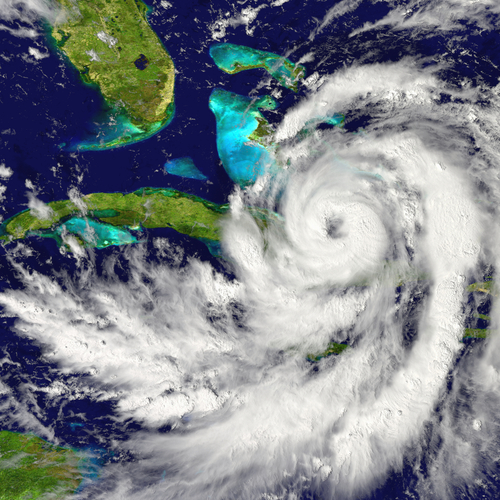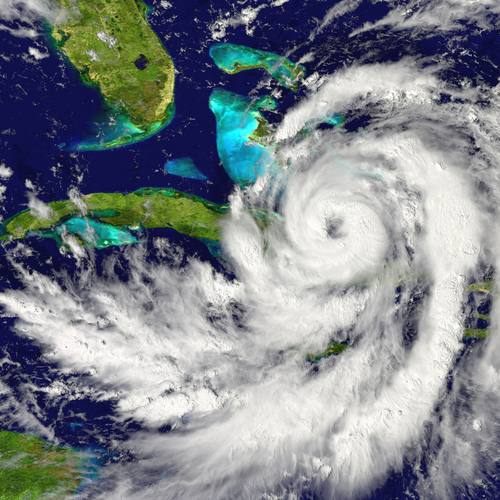Fuel Security For Hurricane Season: How to Ensure Your Stored Fuel Is Ready When You Need It Most
As we soon enter the 2025 hurricane season, many organizations are revisiting their emergency preparedness plans. One critical aspect often...

Work for any kind of municipal government or other large entity? You probably have a contingency plan in place dictating the actions to be taken to prepare for the arrival of a hurricane or large storm system. Of course, we’re not here to supersede any of the requirements your area has.
 These steps will ensure that the fuels you rely on to power your backup systems will do their job in your hour of need. The recommendations are grouped according to the decreasing time frame leading up to storm landfall.
These steps will ensure that the fuels you rely on to power your backup systems will do their job in your hour of need. The recommendations are grouped according to the decreasing time frame leading up to storm landfall.
5 Days to 72 Hours Before Landfall: Pre-Storm Activities
72-48 Hours Before Landfall: Pre-Hurricane Watch Activities
Hurricane watches most commonly start 48 hours before expected landfall.
36 Hours Up To Landfall
Storm Landfall: The First 24 Hours
If you’ve followed the previous steps, you shouldn’t have to worry about fuel issues during that first 24-hour period when you’ve got plenty of other things to worry about.
Ongoing Preparations When All Things Are Quiet
When it comes to fuels, a lot of the success that you’ll have in implementing the above steps relies on the groundwork you can lay during the “times of plenty” – when everything is fine and no storm is on the horizon. The best thing you can do on an ongoing basis is to control the water buildup in your storage system and keep the microbes at bay. You likely have water remediation steps you take regularly, but what about the microbes?
Microbial growth in fuel tanks definitely falls under the category of “better safe than sorry”. It’s much less stressful (and much less expensive) to prevent microbial growth in fuel tanks than to try eradicate an active infestation after it’s established. Especially when the infestation spreads to all areas of your fueling system.
Beyond proper water control steps like draining, the best thing you can do to prevent microbial growth is to treat your tank system with a biocide periodically. Once a quarter is a reasonable interval, though if your housekeeping measures aren’t the greatest, it’s in your best interests to do it sooner, say every 2 months or 6 weeks.
Biocides are highly regulated and very concentrated – a typical maintenance treat rate would only be 1:10,000, meaning you could treat a 5,000-gallon fuel storage system with only 64 oz of biocide. Such a high treat makes maintenance treatment very cost-effective – you’d probably pay $100-$150 at the most to ensure that 5,000-gallon fuel system stays problem-free.
If you want to ensure the best chance of success with your fuels in the quiet times when there’s no storm expectation, periodic treat with a biocide is your best protection.
Sometimes, it’s helpful to have a partner that can guide you through this process, especially the process of ongoing preventive treatment of stored fuels.
The best partner is your fuel supplier who, in an ideal world, would be equipped with the knowledge and the solutions to help you ensure you’re doing what’s needed to minimize the chance of problems down the road.
If you have to look beyond your fuel supplier, the right partner should combine the right amount of experience with access to the right solutions (both for testing and prevention), and should bring both of those to the table with a philosophy of ensuring that their priority is to turn you into the expert.
As we soon enter the 2025 hurricane season, many organizations are revisiting their emergency preparedness plans. One critical aspect often...

Memorial Day at the end of May traditionally marks the start of the boating season. And immediately following that comes the official start of the...

The Atlantic Hurricane Season starts June 1st. In advance of that, we have National Hurricane Preparedness Week with news and advice for businesses...